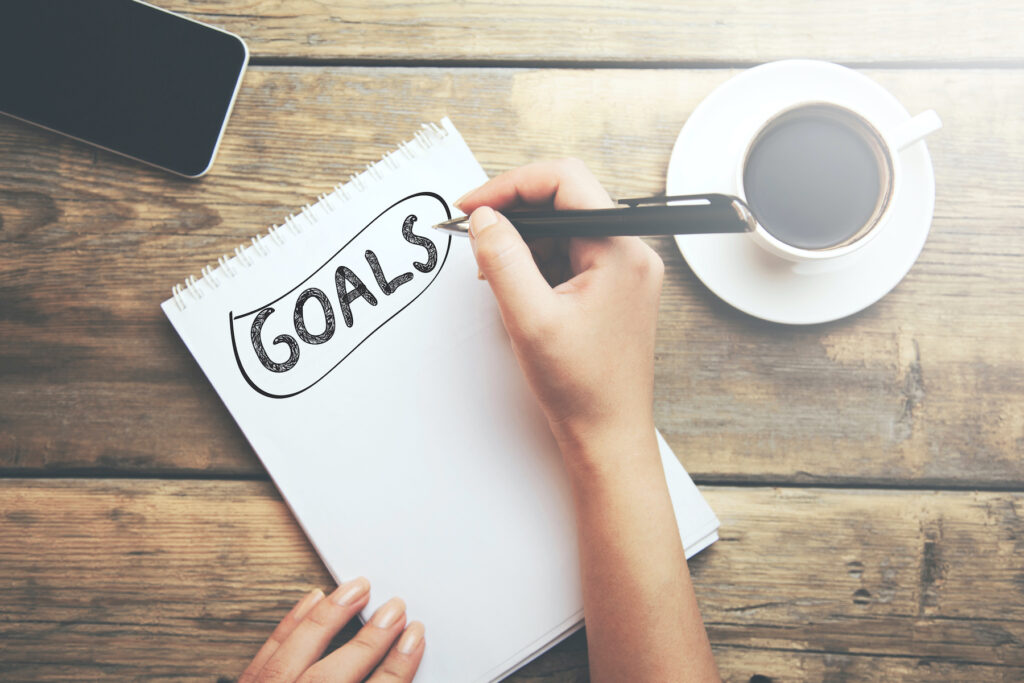Struggle with avoidance? We all avoid things sometimes. It’s natural.
Do you tend to bypass that difficult task? Put things off until later—or never? Steer clear of that difficult somebody? Change that uncomfortable subject? Put off that hard conversation? Sidestep that brewing conflict? Maybe you put off going to the doctor to get that concerning symptom checked out.
It’s like your life is a game of dodgeball. When things get thrown your way, you dodge, duck, dip, and dive.
If you’re like others, perhaps you avoid things not only via your behavior but also in terms of your thoughts and feelings.
Avoidance is natural, a coping mechanism. But it can become maladaptive when it’s overused or used in the wrong circumstances.
Many people avoid too many things and too often. Sometimes it isn’t a conscious choice per se. It’s stimulus-response. Challenge-avoid.
The problem is that things often end up getting worse because of it. And it can become programmed behavior, a habit of sorts, affecting many things in your life, from your performance and leadership to your relationships and self-respect.
Avoidance may make things easier now, but over time things tend to fester, becoming much worse over time. For example, it can lead to even more anxiety and concern because you’ve allowed things to deteriorate further. Avoidance can also be frustrating to others, like spouse or colleague, and make things worse for them too, leading to new conflicts.
In the end, avoiding something leaves the core problem unaddressed. Avoidance can become a way of life, a bad habit pattern, a vicious circle.
How to Stop Avoiding Things: 17 Practices
Given all these damaging consequences, the question arises: What can you do about it?
Here are 17 ways you can break the bad habit of avoiding things:
1. Start by noticing your avoidance behaviors. If you start looking for them, you can bring them into your consciousness and begin addressing them intentionally. Such mindfulness is an important first step.
2. Seek the root cause of your avoidance behavior. What’s the deeper why behind it? Continue asking why until you’ve hit paydirt and there are no more deeper reasons. There are many possible reasons. Perhaps it just feels easier to avoid things than to deal with them? Maybe you’re afraid of looking bad or failing so you decide to avoid it instead? Perhaps you believe you can avoid the anxiety associated with people or things if you avoid them?
3. Process your emotions. Giving yourself an emotional outlet will help you refrain from maladaptive avoidance. Resist the temptation to bottle your feelings up. Find ways to release them instead. Talk through your feelings or try journaling. Get some exercise to change your physiological state.
4. Divide the problem you’re avoiding into smaller, more manageable chunks. That way, you’ll see that it’s not as intimidating.
5. Start with an easy task or small encounter to get momentum. This can also help you develop confidence.
6. Look for ways to boost your motivation for a better result, one that would leave avoidance in the dust. For example, consider all the ways that avoidance is holding you back from personal or professional excellence (e.g., by harming your relationships or impeding your progress toward goals). Or give yourself small rewards for addressing things.
7. Reframe a situation to note the positives and refrain from focusing only on the negatives. For example, turn a problem you’re dreading into a puzzle you’re curious about solving.
8. Quiet your negative self-talk. Give yourself some grace and don’t let avoidance become yet another reason to beat yourself up. Practice self-compassion and replace your negative self-talk with a more charitable interpretation (e.g., we’re all a work in progress).
9. Practice your communication skills. This will help prepare you to deal more effectively with tough situations as they arise. With good communication skills, you’ll be able to advocate for yourself more assertively, and you’ll be able to engage in what author Susan Scott calls “fierce conversations.”
10. Set a deadline for taking action. Commit to addressing it by a certain date and time so it doesn’t keep slipping into a squishy future that somehow never arrives.
11. Build action habits. Through consistent actions, you change your identity to a “doer.” You change your self-concept to someone who addresses things upfront instead of avoiding them. (See my article on “The Incredible Benefits of Being Action-Oriented.”)
“Inaction breeds doubt and fear. Action breeds confidence and courage.
If you want to conquer fear, do not sit home and think about it. Go out and get busy.”
-Dale Carnegie, writer and lecturer
12. Recognize that addressing something you’ve been avoiding can make you feel powerful. It can give you a sense of agency and accomplishment. Maybe it leads to momentum or greater confidence. Bear in mind that challenges can help you grow. They give you a chance to learn about yourself and others, all while developing your capabilities. With a growth mindset, you can view things that you previously avoided as opportunities for personal development and capacity-building.
13. Work on your problem-solving skills. If you get in the habit of creatively exploring ways to solve challenges instead of avoiding them, you’ll build a valuable capacity for it and also your confidence when it comes to facing up to challenging situations in the future. You can do this alone or with a trusted friend or colleague. It may help to write down some ideas to prime your brain and serve as a reminder.
14. Develop your tolerance and flexibility. Build your tolerance of difficult emotions while acknowledging that there are some situations that may be too taxing for you, at least for now. If you have rigid ideas about the ways things need to unfold, it can make you anxious. Work on embracing the unexpected and appreciating the different ways people approach things—and all the different ways things can get addressed.
15. Work on improving your coping skills and strategies. Try deep breathing and self-monitoring. Engage your “observer: (practice watching your thoughts and developing your awareness of feelings, emotions, impulses, and recurring behaviors). Or get in the habit of moving from the metaphorical dance floor and getting on the balcony in difficult situations, as Harvard leadership expert Ronald Heifetz advises. That means stepping back from the action and observing what’s going on from a higher perspective. Check in with your feelings. Get curious about the situation and ask yourself gentle, possibility-opening questions (e.g., “How might I address this? What would my best self do in this situation?”).
16. Resist your urge to avoid when it appears. Commit to being the kind of person who deals with things and not falling into the trap of avoidance.
17. Get support. Ask for help from a friend, mentor, coach, accountability partner, small group, and/or therapist.
Which of these practices will you try?
Wishing you well with it!
Tools for You
- Traps Test (Common Traps of Living) to help you identify what’s getting in the way of your happiness and quality of life
- Goal-Setting Template (Beyond SMART Goals) to help you set goals you can achieve based on best practices
- Quality of Life Assessment to help you discover your strongest areas and the areas that need work and then act accordingly
Postscript: Inspirations on Addressing Avoidance
- “Avoidance coping causes anxiety to snowball because when people use avoidance coping they typically end up experiencing more of the very thing they were trying to escape.” -Dr. Alice Boyes, PhD, author, The Anxiety Toolkit
- “Avoidance is the best short-term strategy to escape conflict, and the best long-term strategy to ensure suffering.” -Brendon Burchard, author
- “What you resist not only persists, but will grow in size.” -Carl Jung, Swiss psychiatrist
+++++++++++++++++
Gregg Vanourek is a writer, teacher, and TEDx speaker on personal development and leadership. He is co-author of three books, including LIFE Entrepreneurs: Ordinary People Creating Extraordinary Lives (a manifesto for integrating our life and work with purpose, passion, and contribution) and Triple Crown Leadership: Building Excellent, Ethical, and Enduring Organizations (a winner of the International Book Awards). Check out his Best Articles or get his monthly newsletter. If you found value in this article, please forward it to a friend. Every little bit helps!











